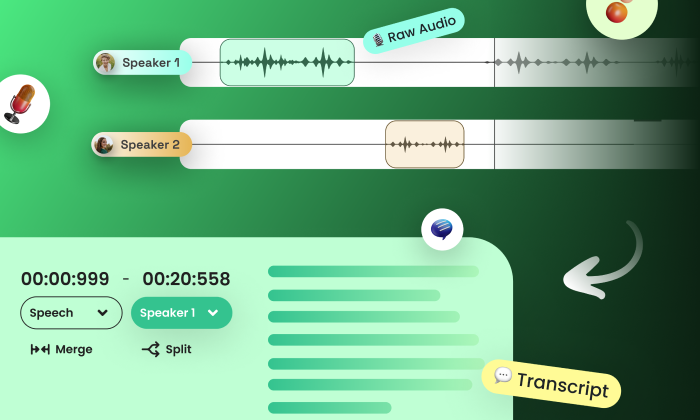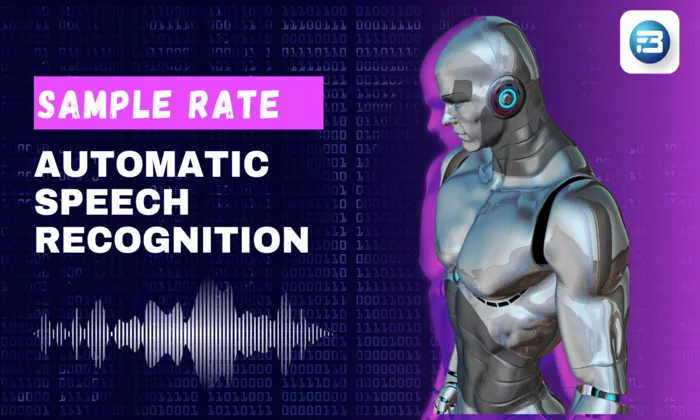How do I tokenize transcripts from call center audio for NLP models?
NLP
Audio Processing
Tokenization
ChatGPT said:
Tokenization is essential for transforming call center transcripts into data that NLP models can process. This process involves breaking text down into smaller, meaningful units called tokens. For call center environments, tokenization aids in handling complex dialogues filled with colloquialisms, interruptions, and domain-specific jargon, ensuring that AI systems understand and learn from these interactions effectively.
Why Tokenization Matters in Call Centers
In call center applications, tokenization transforms complex human dialogues into formats that machine learning models can interpret. This is vital for:
- Improving ASR Accuracy: Effective tokenization reduces Word Error Rates (WER) by accurately representing the nuances of conversational speech.
- Enhancing Intent Detection: Retaining elements like filler words can improve classifiers for customer intent by up to 12%.
- Boosting Real-Time Applications: Proper tokenization minimizes latency in systems that require immediate response times, such as chatbots and virtual agents.
Steps for Tokenizing Call Center Transcripts
1. Audio to Text Conversion
- Use robust ASR systems like those from FutureBeeAI, which handle diverse accents and dialects, ensuring precise transcription from call center audio.
2. Preprocessing the Text
- Normalization: Standardize text by converting it to lowercase.
- Punctuation & Disfluency Handling: Preserve or remove punctuation based on task needs (e.g., keep for intent detection).
- Metadata-Aware Segmentation: Incorporate call metadata (e.g., speaker roles) as special tokens to capture turn-level signals.
3. Tokenization Techniques
- Word Tokenization: Split text into words using tools like NLTK or SpaCy.
- Subword Tokenization: Apply Byte Pair Encoding (BPE) to handle out-of-vocabulary words by breaking them into meaningful sub-units. This is crucial for domain-specific terms like “escalation” and “IVR.”
- Character Tokenization: Useful for emotion detection, capturing subtle expressions in conversations.
4. Contextualized Tokenization
- Named Entity Recognition (NER): Tag entities such as names and dates within transcripts.
- Intent Detection and Dialog Act Classification: Annotate tokens with intents to understand the conversation’s purpose better.
Best Practices for Tokenization
- Maintain Speaker Segmentation: Use tools like Yugo for speaker turns, vital for sentiment analysis.
- Utilize Rich Annotations: Leverage Yugo’s features for comprehensive annotations, ensuring accurate token representation.
- Iterate and Validate: Continuously refine your tokenization approach, ensuring the accuracy and relevance of tokens.
Practical Tooling and Integration
FutureBeeAI’s Yugo platform offers advanced features to streamline tokenization:
- Auto-Segmentation API: Exports JSON speaker turns for further processing.
- Integration with Popular Tokenizers: Use the exported metadata to enhance tokenization with tools like HuggingFace.
Real-World Impacts & Use Cases
- ASR Fine-Tuning: Tokenized datasets from FutureBeeAI improve speech-to-text accuracy by reducing transcription errors.
- Sentiment and Emotion Detection: Accurate tokenization aids in detecting emotional tones, enhancing customer satisfaction analysis.
- Multilingual and Code-Switching Handling: Ensure seamless processing of multilingual calls by detecting language switches and tokenizing accordingly.
Conclusion: Achieving Tokenization Excellence
By refining tokenization techniques, organizations can significantly enhance the performance of NLP models in call center applications. For projects requiring nuanced and reliable datasets, consider FutureBeeAI as your scalable AI data partner.
FAQ
Q: Should I remove filler words before tokenization?
A: Not always. Retain fillers if training sentiment or urgency classifiers.
What Else Do People Ask?
Related AI Articles
Browse Matching Datasets
Acquiring high-quality AI datasets has never been easier!!!
Get in touch with our AI data expert now!








